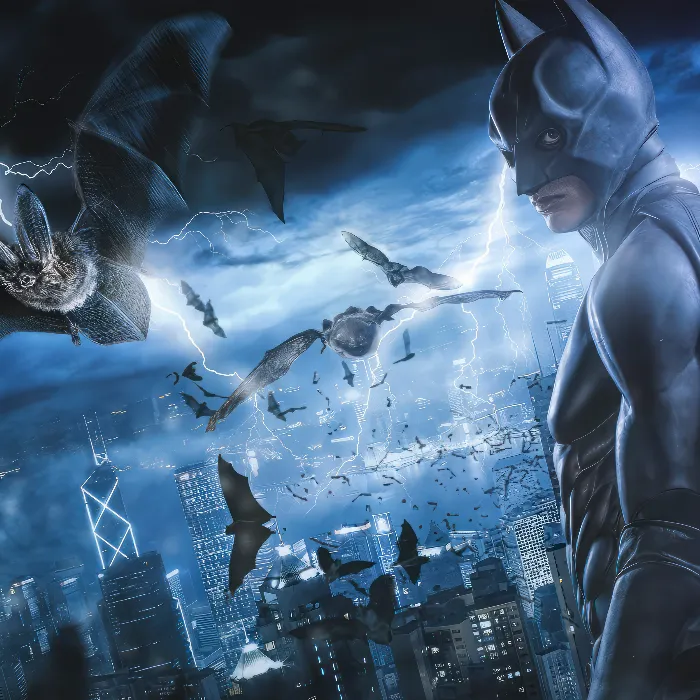Photography is an art form that demands creative expression and ultimately the visual realization of your ideas. It is not only about the perfect moment, but quality is also supported by the right equipment and the right technique. In this guide, you will delve deeper into the principles of photography, discover the necessary equipment, and receive valuable tips to effectively and attractively shape your image compositions.
Key Findings
The quality of a photo does not depend solely on the camera, but also on the creativity of the photographer. Various pieces of equipment, such as lenses and flash systems, play a central role in studio photography. The connection between light, technique, and your own creative input is crucial for the success of your images.
Step-by-Step Guide
1. Choose the Right Camera
The heart of every photographer is the camera. A Canon 7D Mark 1, for example, is an excellent DSLR camera that is ideal for studio lighting as long as you don't have to work extensively with high ISO settings. However, if you have the opportunity to invest in better equipment, you can opt for a full-frame camera like the Canon 5D Mark 3, which gives you more freedom in different lighting conditions.
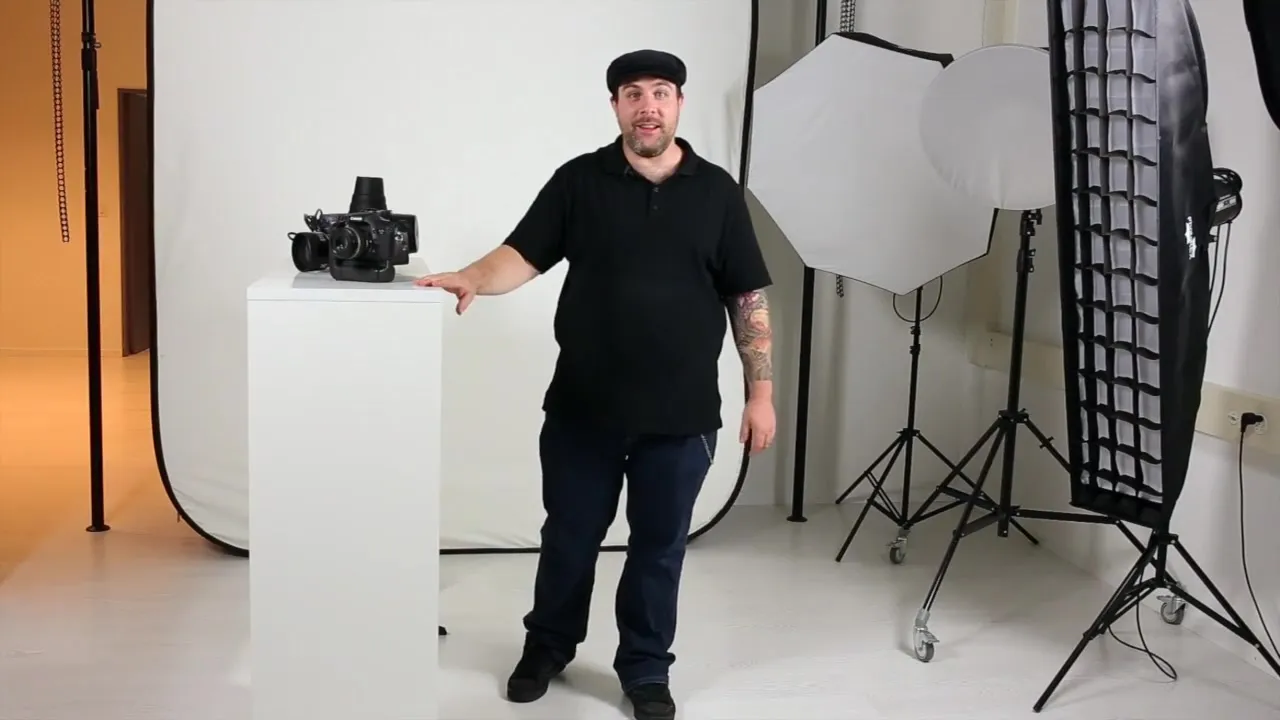
2. Lenses for Various Requirements
In addition to the camera, lenses are crucial for the quality of your images. For portrait shots, a 60 mm prime lens is ideal, as it creates a beautiful depth of field. This lens gives you the advantage of delivering sharp details in the faces of your models. Alternatively, you can use a zoom lens like the 24-105 mm to be more flexible regarding the framing of your shots.
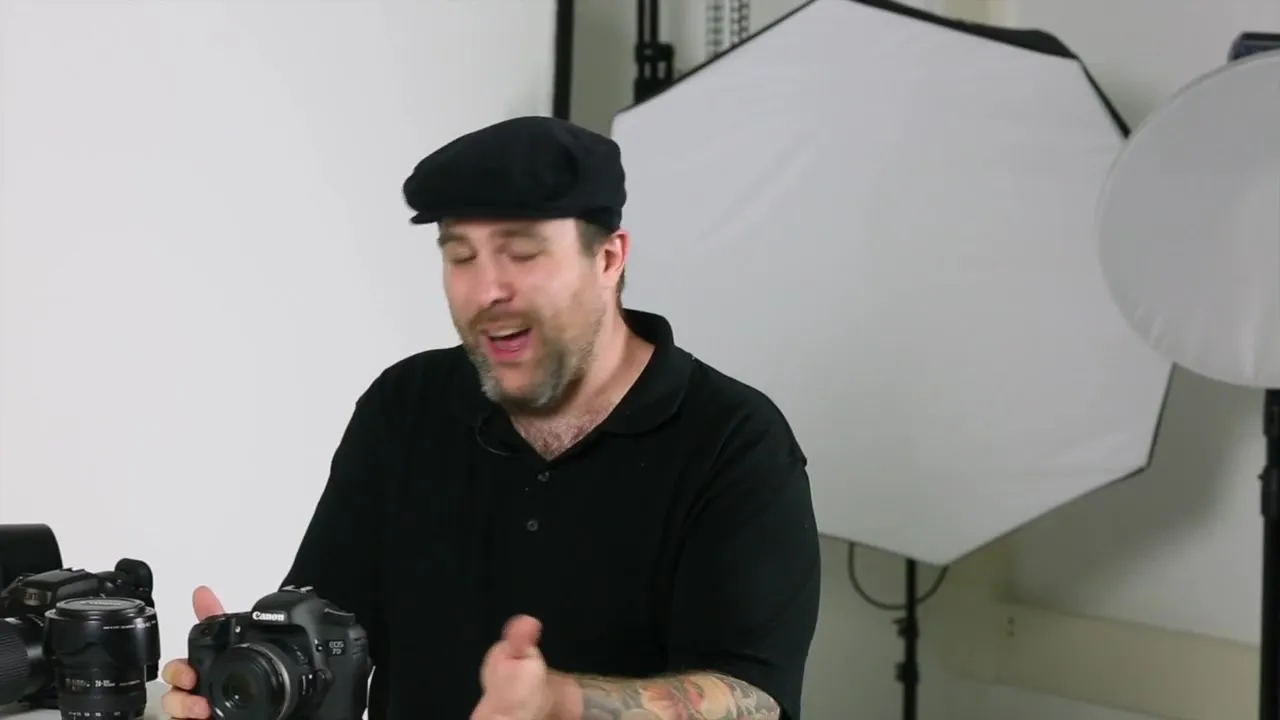
3. Flash Systems for Studio Photography
An important component in studio photography is the flash system. The Elinchrom RX600 flash heads provide sufficient power of 600 watt-seconds and are perfect for creating evenly distributed lighting in an average studio. It is always better to have more power that you can adjust than to hit the limits of the technology.
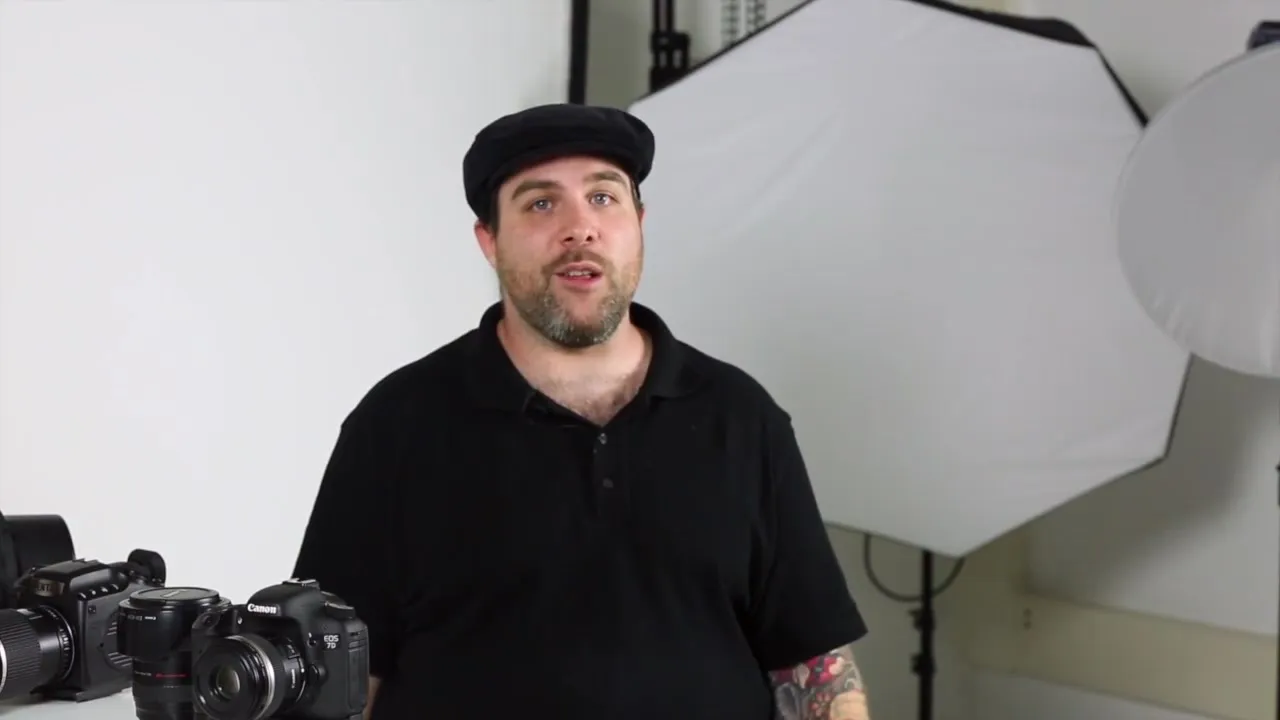
4. Softboxes and Their Applications
Softboxes are essential light shapers that you can use for soft light distribution. An octabox serves excellently as the main light source, while the beauty dish is designed for beauty shots. Be sure to position the softboxes skillfully to minimize shadows and achieve even illumination.
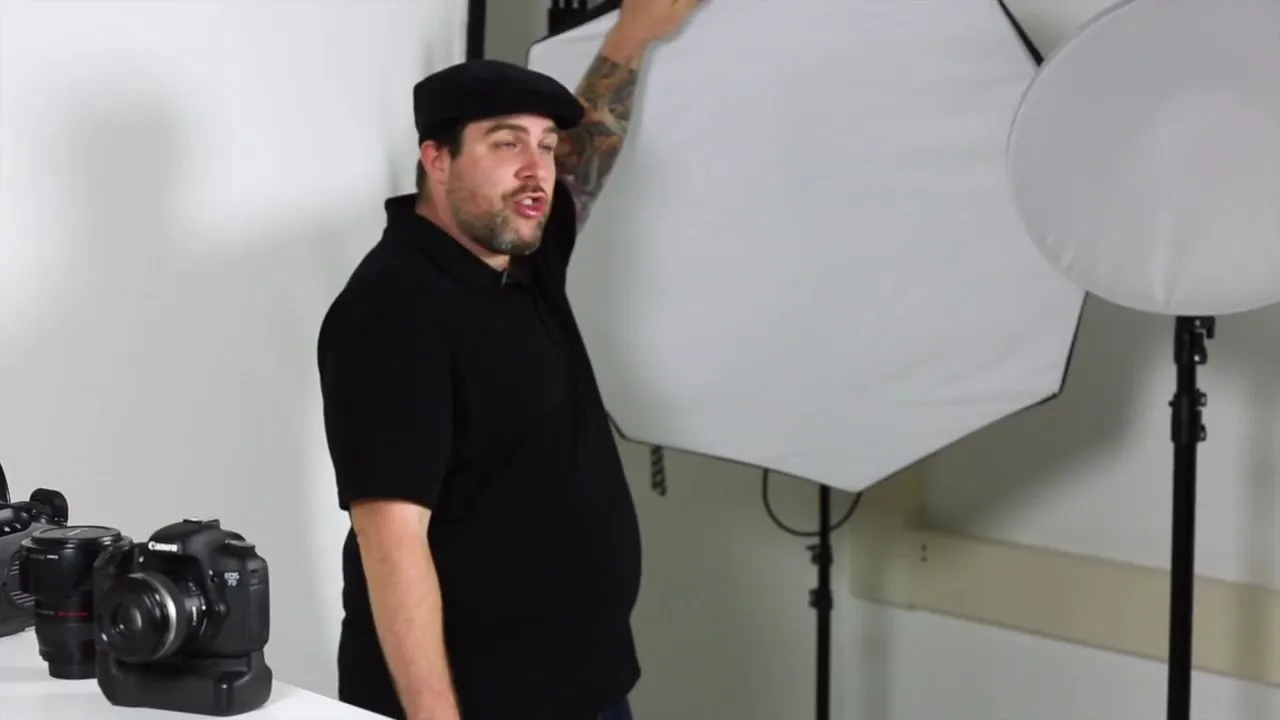
5. Additional Equipment for Creative Design
In addition to the devices mentioned above, you can consider various accessories to enhance the quality of your work. Reflectors help to brighten shadows and direct light purposefully. With a simple DIY styrofoam reflector, you can create a cost-effective solution to manipulate the light as needed.
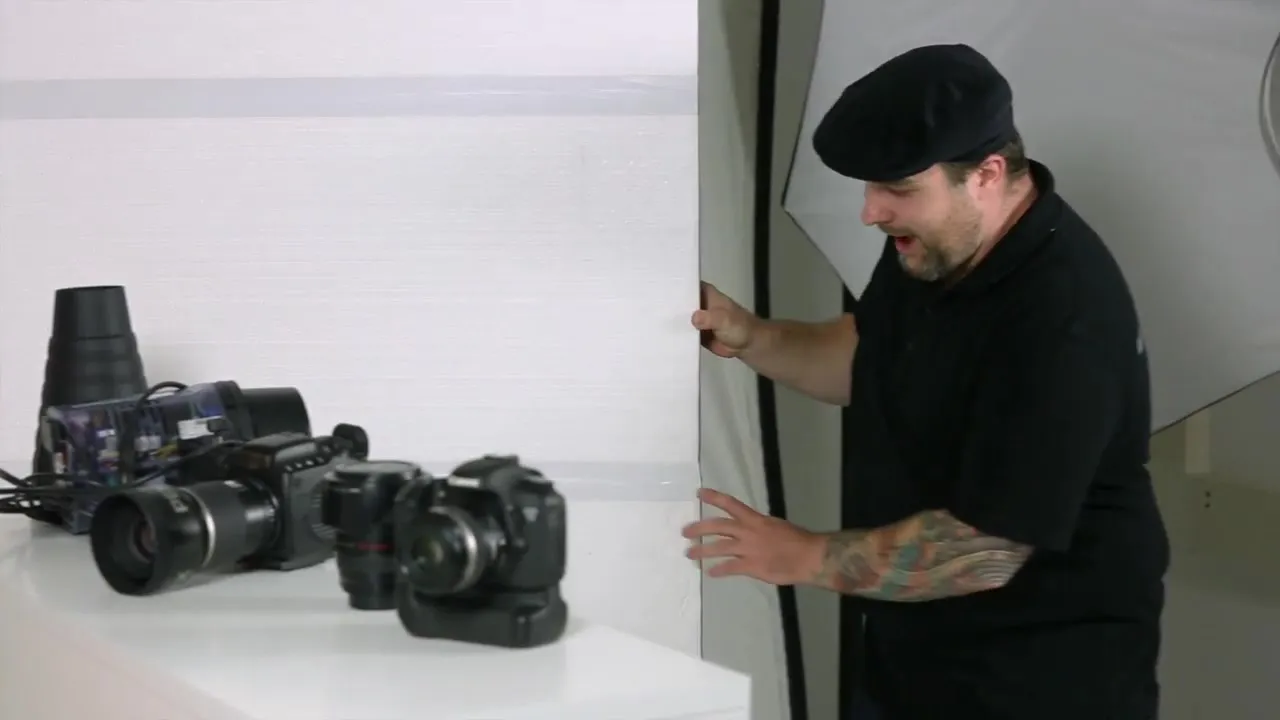
6. Controlling Light
Controlling light is crucial. Use honeycomb grids in combination with softboxes to direct the light more precisely. This creates a stronger contrast between the model and the background, which is particularly beneficial for composings. Learn to play with light and shadow; these are your best allies in photography.
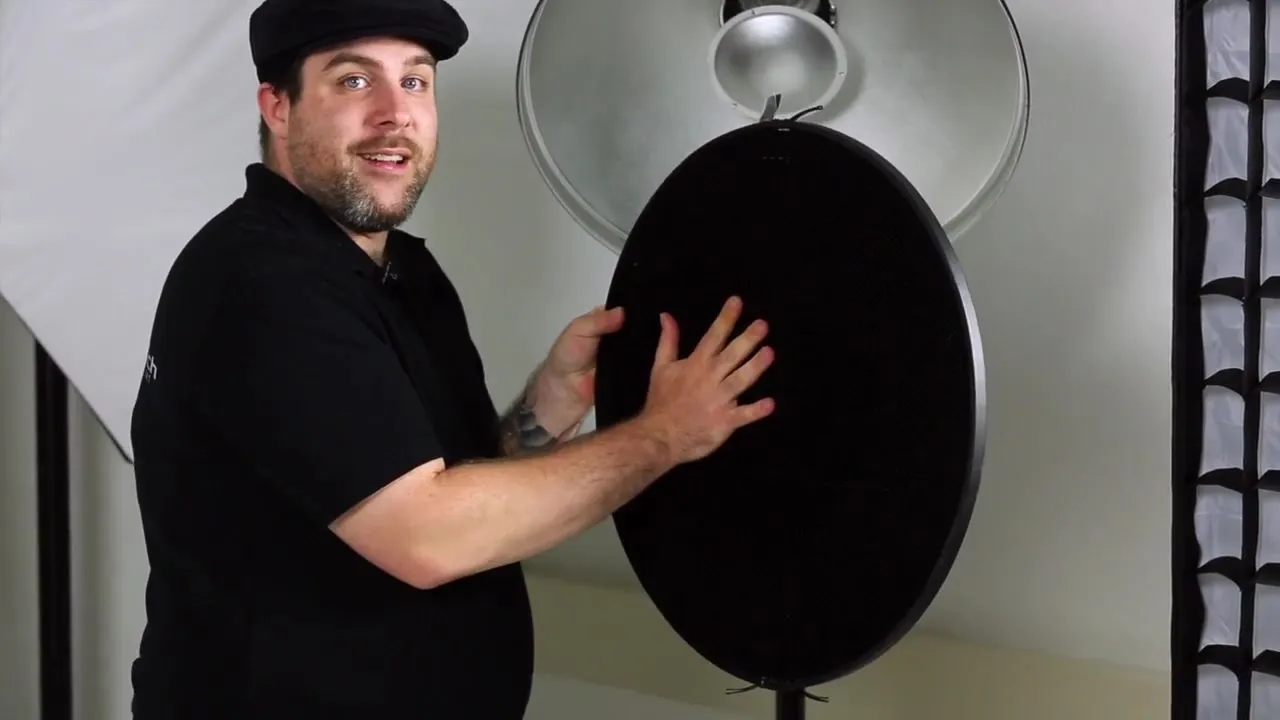
7. The Creative Process and Connection
It is important to understand that technical equipment is a tool that supports your vision. You as the photographer are the creative one; your perspective and ability to shape scenes are what bring the images to life. Be aware that the equipment is your friend, not your enemy. You decide how to use the technology to realize your artistic ideas.

Summary – The Art of Photography: Equipment and Shooting Strategies in Photoshop
This guide has shown you how important the right equipment is for the photographic process and how you can utilize various technologies to realize your creative ambitions. Focus on quality, experiment with light, and refine your skills as a photographer.
Frequently Asked Questions
How important is the choice of camera for image quality?The choice of camera is important, but the skills of the photographer and the light used are decisive.
Which lens is best for portrait photography?A 60 mm prime lens offers an excellent option for portrait shots.
Why are flash systems necessary?Flash systems are important for creating controlled lighting, especially in a studio.
How can I avoid shadows in images?Use softboxes and reflectors to brighten shadows and achieve even light distribution.
Does creativity count more than equipment?Yes, technically skilled equipment is a help, but the creativity of the photographer makes the image unique.
